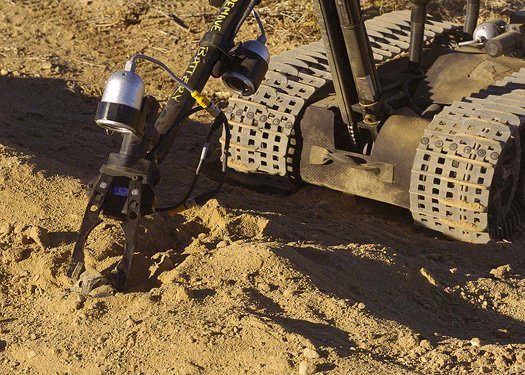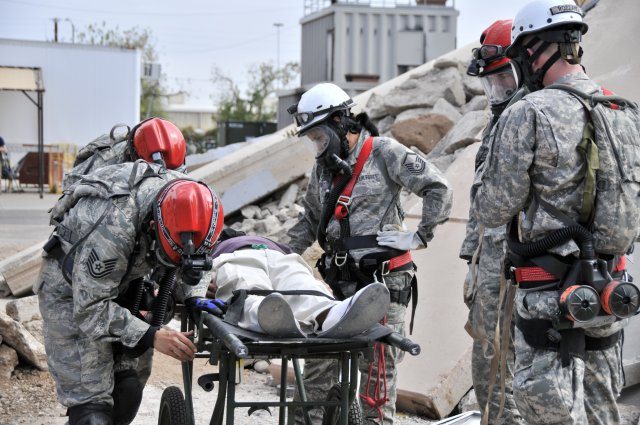Thanks to a discovery while researching synthetic aperture radar, detecting improvised explosive devices will now be easier, according to a Nov. 16 announcement by Navy scientists at Naval Surface Warfare Center Dahlgren Division (NSWCDD).
Synthetic aperture radar (SAR) provides high-resolution imagery from airborne or space-borne platforms, coupling the long-range propagation characteristics of radar signals and digital electronics. Expected results include improved ability to conduct target detection and discrimination, supporting intelligence analysis.
“New detection techniques will lead to enhanced remote sensing capabilities with immediate application to asymmetric operations and battle space awareness in addition to intelligence, surveillance, reconnaissance and targeting applications,” said Houra Rais, an NSWCDD scientist.
Dahlgren scientists George Rogers and Houra Rais made the discovery while conducting research on an Office of Naval Research-sponsored project focusing on polarimetric synthetic aperture radar that uses multiple polarizations to provide detailed information at the pixel level, the smallest addressable screen element in a display device.
Naval Surface Warfare Center Dahlgren Division, Dahlgren is a Naval Sea Systems Command field activity and a research and development center that serves as a specialty site for weapon system integration. The activity rapidly introduces new technology into complex warfighting systems based on its longstanding competencies in science and technology, research and development, and test and evaluation.











